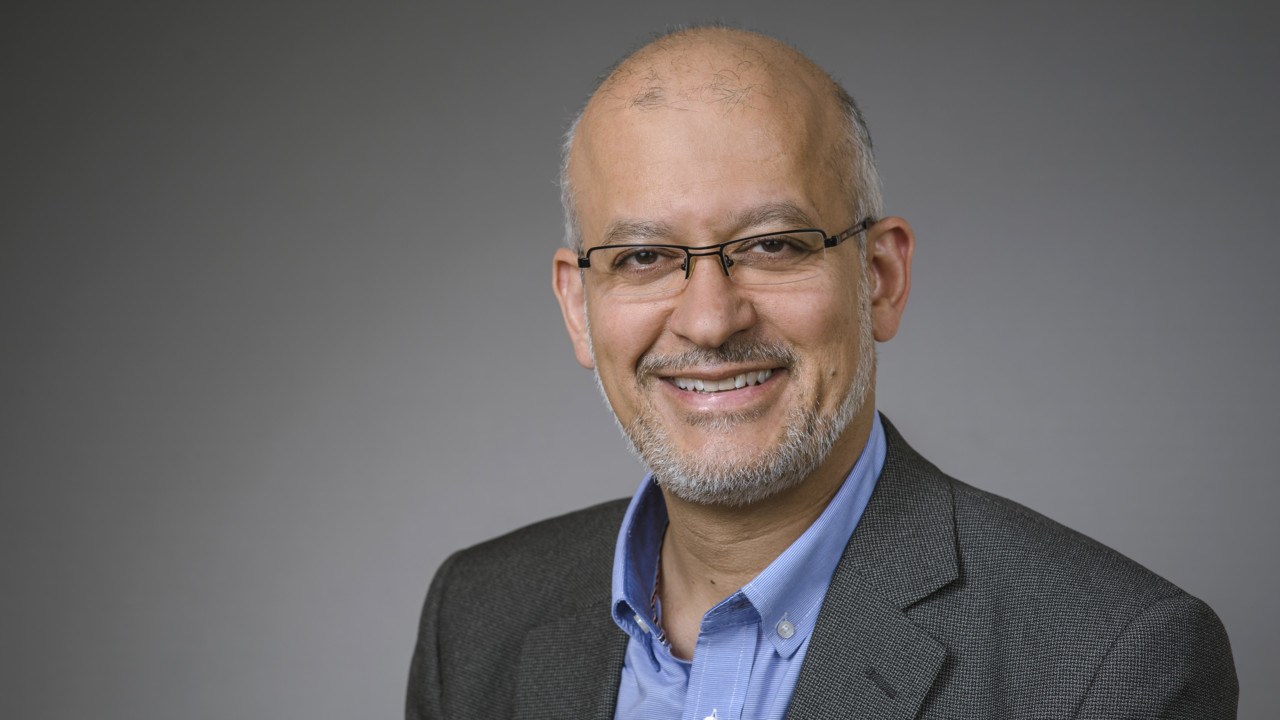Mohammad Fazlhashemi
Background: Born in Teheran. Moved to Sweden in 1977. Completed his doctorate in history of science and ideas at Umeå University in 1994. Since 2013, he is professor of Islamic theology and philosophy at Uppsala University. Beforehand, professor in history of science and ideas at Umeå University. Member of the Umeå University Board.



